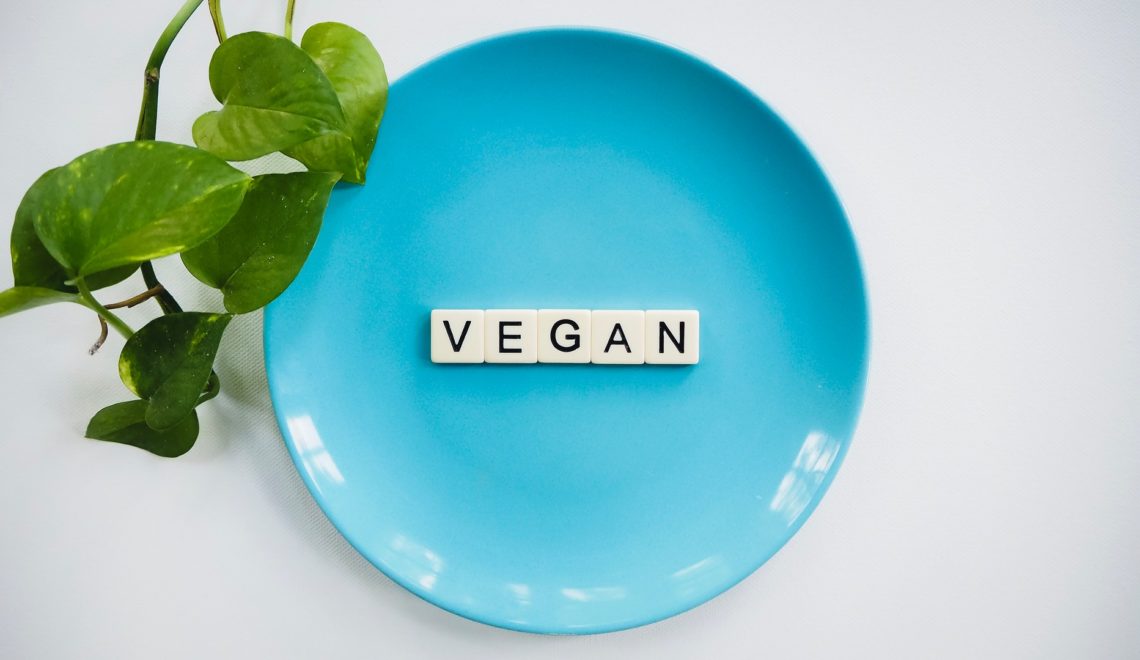
What is Veganism?

Veganism, a relatively new yet rapidly spreading concept, is a type of vegetarian diet that excludes all meat, eggs and diary products. In essence, anything that comes from an animal is not part of a vegan diet. A lot of vegans make further efforts to avoid any food that is processed using animal products as well- such as, white sugar and some wines. Many beers and wines are refined using a product called isinglass, which comes from fish, or may be filtered with bone char. However, there are certain types of beers and wines that are vegan, and I shall include a few of those at the end of this post.
What foods, strictly speaking, are considered vegan is debated to some degree. For instance, honey is one such food that causes confusion. If you are planning to cook for one of your vegan friends, either make sure what their preferences are or completely avoid any sticky areas- pun intended on the sticky.
Noun and Adjective
Being vegan is both, a way of living and the specific diet itself. This means that you can describe certain foods as being “vegan”, as well as refer to one as “a vegan.” In other words, “vegan” can be used as a noun and an adjective.
Non-Food
A lot of vegans take their lifestyle a step further, applying its philosophy to non-food products as well. As such, they avoid buying and using any products that are derived from animals, such as fur, wool, and leather. But again, there is some debate on this subject- mainly whether second hand animal products can be included in a vegan lifestyle whilst adhering to a strong cruelty-free philosophy.
Dietary Vegans
Dietary vegans is a term used to refer to those who chose a plant-based diet but continue to use animal products in other things, like clothes.
Raw-Food Vegans
What Do Vegans Eat?
A vegan diet includes all grains, beans, legumes, vegetables and fruits, and any food that is prepared using a combination of these ingredients. More recently, vegan versions of common non-vegan foods have been on the rise. So you can find things like vegan hotdogs, vegan cheese, vegan ice-cream, vegan mayonnaise, vegan burgers and a whole lot more. For information on either how to acquire the above or make the above, follow these links:
Other vegan foods include soy milk, non-dairy milk substitutes and tofu. Interestingly, there are a number of yummy things you can do with tofu if you really do not enjoy its flavour, or lack there of. Here are a few recipes to spruce up your tofu:

- General Tso’s Tofu
- 31 Easy and delicious Tofu Recipes
- Veggie Tofu Stir-Fry
- Vegetarian and Vegan Tofu Recipes: A Complete List
In addition to the above, there are a ton of other foods that you don’t to give up in your pursuit of veganism. These include, green salad, peanut butter, sandwiches, spaghetti, chips and salsa. You can eat things like burritos without sour cream and cheese, or Thai curry cooked with coconut milk. Pasta with tomato sauce or pesto is fine too- basically any sauce without dairy products or meat. And, if you’re like me and love bread, there are vegan options for bread too.
Why Are People Vegan?
The precipitous rise in veganism is can largely be attributed to ethical, environmental and/or health reasons.
Environment
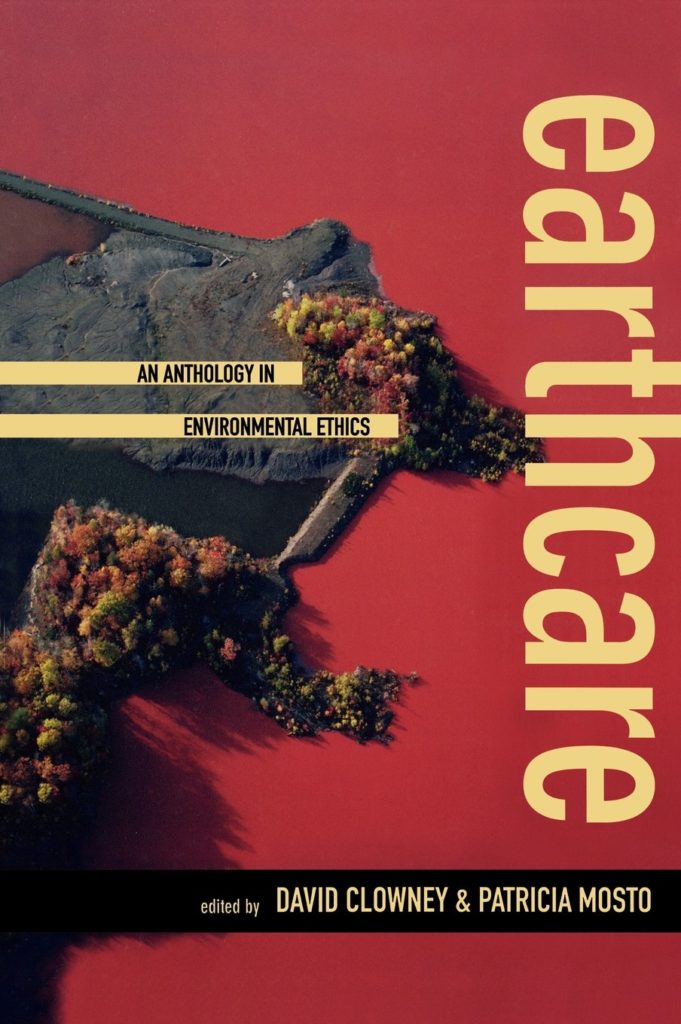
The environmental and ethical arguments for veganism, and vegetarianism as well, are sound with little to no room for debate. A 2010 UN report argues that animal products generally require more resources and cause higher greenhouse emissions than plant-based options. Moreover, animal agriculture is a highly water-intensive process. Between 550 and 5,200 gallons (1,700 and 19,550 liters) of water are needed to produce 1 pound (0.5 kg) of beef. Indeed, vegetarianism is better for the environment than the alternative for more reasons than I can talk about here.
While it would be ludicrous to presume that switching diets, even on a large scale, would solve our climate issues, I have found that environmental arguments against eating meat are rather compelling. I would recommend checking out this book, Earthcare: An Anthology in Environmental Ethics, if you’re interested.
Health
If the diet is well planned, it can certainly result in numerous health benefits- a leaner body and improved blood sugar control, for instance.
A balanced vegan diet can offer many protective health benefits against common diseases such as heart disease. Many registered dieticians and nutrition experts recommend supplementing a vegan diet with a B12 or fortified foods, such as fortified cereal and soy milk, to obtain adequate amounts of this vitamin, which primarily come from animal products.
If you are planning to make the shift to a vegan lifestyle, it is important that you plan you diet based on the nutrients your body needs, especially calcium, iron. In this article, you find a basic guide to a vegan diet but it of course best to be thorough.
Vegan Diet Guide
Here is a tip for some help with vitamin intake, mineral absorption, and/or gut health – add fermented foods like seaweed, kimchi, sauerkraut, and miso paste, plus a source of vitamin B12 like nutritional yeast.
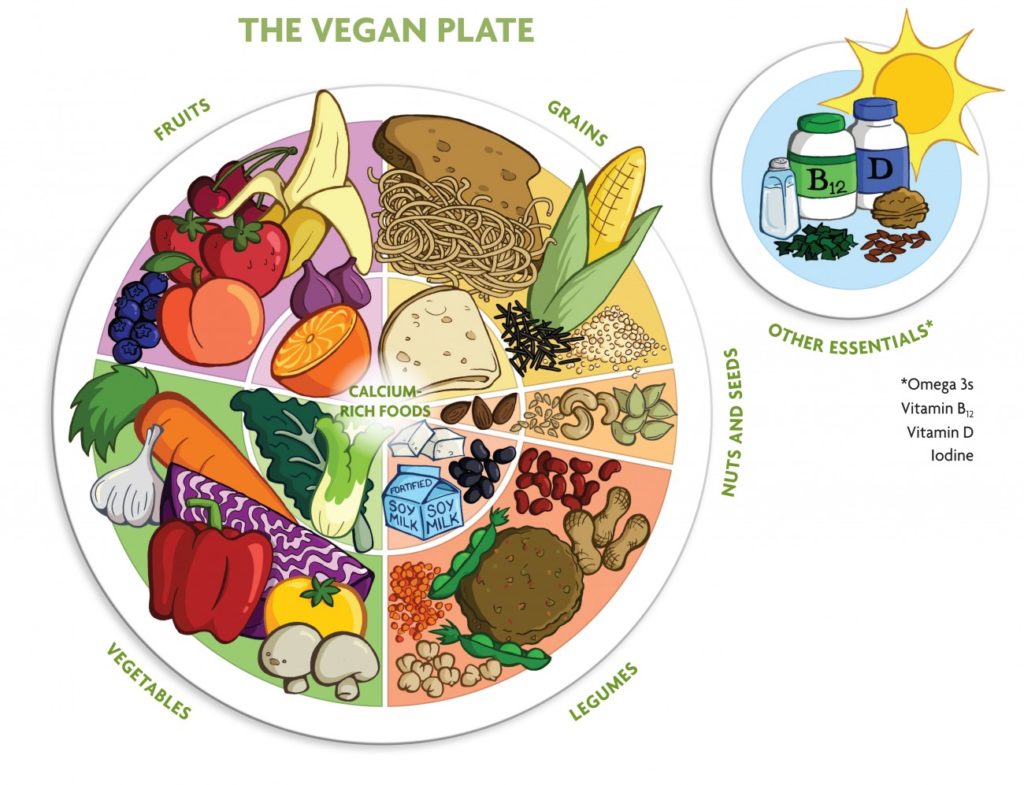
Calcium and Vitamin D Sources
Here is a guide to what counts as 5 a Day, which will be important when you’re rationing your nuts and vegetables.
- Green, leafy vegetables – broccoli, cabbage and okra, but not spinach
- Fortified unsweetened soya, rice and oat drinks
- Calcium-set tofu
- Sesame seeds and tahini
- Pulses
- Brown and white bread (in the UK, calcium is added to white and brown flour by law)
- Dried fruit, such as raisins, prunes, figs and dried apricots
- 30g portion of dried fruit counts as 1 of your 5 A Day- should be eaten at mealtimes, not as a between-meal snack
Vegan Sources of vitamin B12
- Breakfast cereals fortified with B12
- Unsweetened soya drinks fortified with vitamin B12
- Yeast extract, such as Marmite, which is fortified with vitamin B12
Vegan Sources of Iron
- Pulses
- Wholemeal bread and flour
- Breakfast cereals fortified with iron
- Dark green, leafy vegetables, such as watercress, broccoli and spring greens
- Nuts
- Dried fruits, such as apricots, prunes and figs
Vegan Sources of Mmega-3 fatty Acids
- flaxseed (linseed) oil
- rapeseed oil
- soya oil and soya-based foods, such as tofu
- walnuts
General

I got these guidelines from The Vegan Society and Greatist, the former of which also has more advice from dieticians and such.
1) Make sure that your diet contains a variety of fruit and vegetables.
2) Include good sources of protein in most meals, such as beans, lentils, chickpeas, tofu, soya alternatives to milk and yoghurt, or peanuts
3) Eat nuts and seeds daily, especially those rich in omega-3 fat
4) Choose higher fibre starchy foods, such as oats, sweet potato, wholemeal bread, wholewheat pasta and brown rice
5) Eat calcium-rich foods daily, such as calcium-fortified products and calcium-set tofu
6) Ensure that your diet contains a reliable source of vitamin B12 (either fortified foods or a supplement)
7) Ensure that your diet contains a reliable source of iodine (arguably a supplement is the best option)
9) Use small amounts of spread and oil high in unsaturated fats, such as vegetable (rapeseed) and olive oils
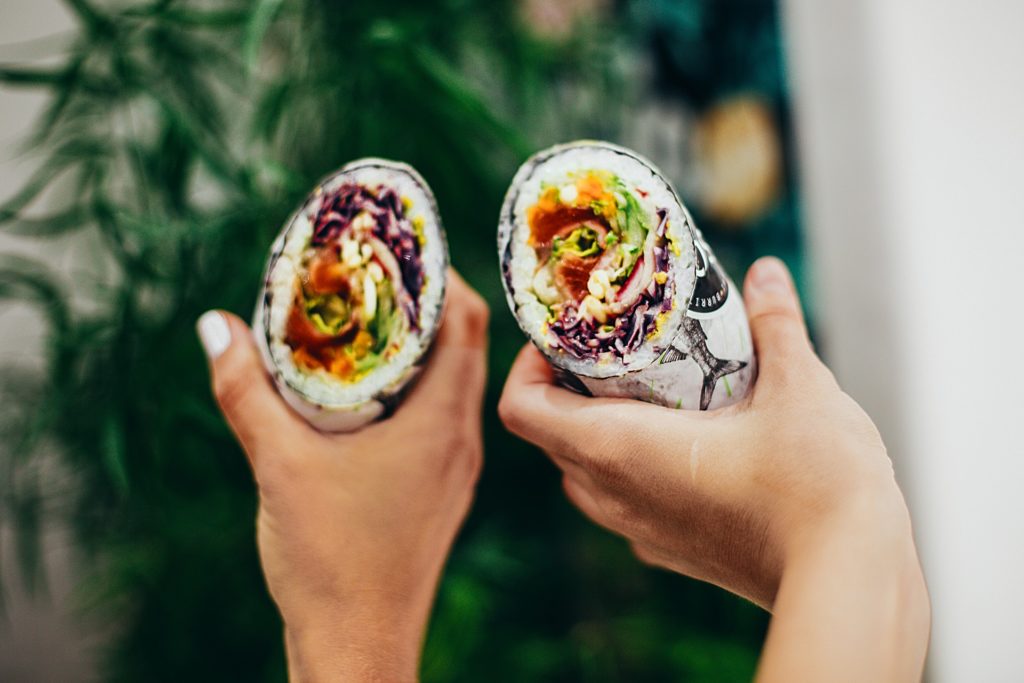
10) Season food with herbs and spices instead of salt
11) Drink about six to eight glasses of fluid a day
12) Consider a supplement containing long chain omega-3 fats from microalgae, particularly for infants and those who are pregnant or breastfeeding
13) Keep active- EXERCISE
14) Maintain a healthy weight, or lose some weight if it is above the healthy range
15) Check packaged food labels for words like castoreum, casein, lactose, rennet, shellac, and whey. They all refer to proteins, thickeners, and other additives sourced from animals.
16) Cut down on food that’s high in saturated fat, and watch how much salt you eat. Here is how you can eat less saturated fat and how much salt you should consume.
Snack on Things Like:
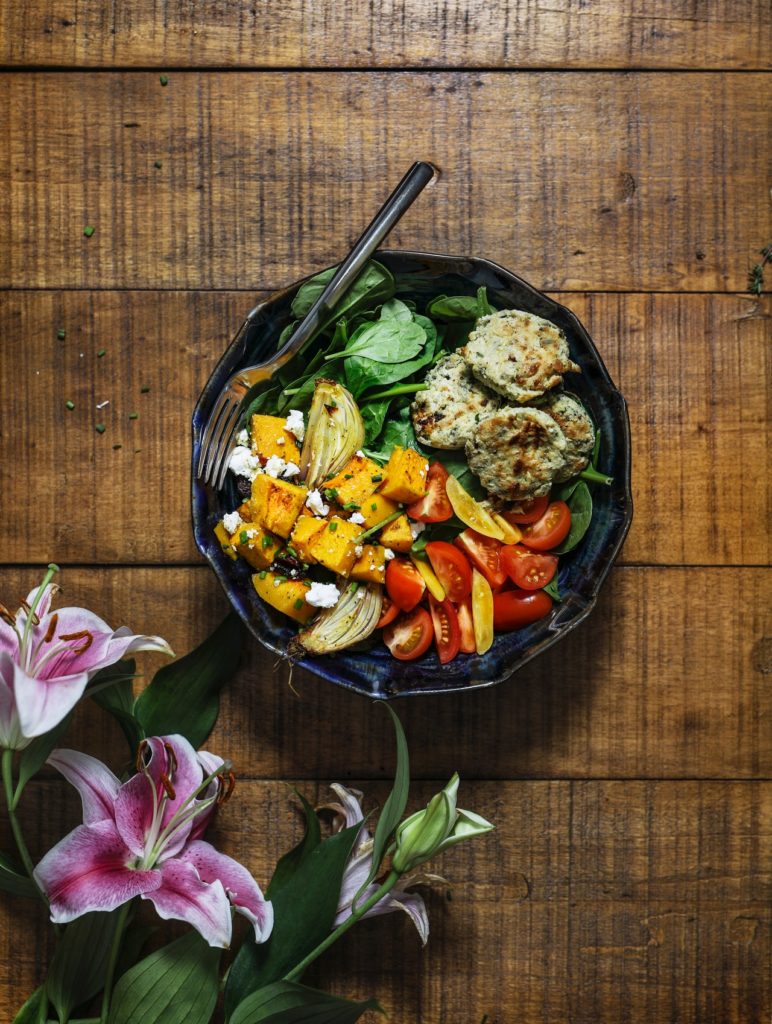
- Roasted chickpeas
- Hummus and vegetables
- Dried seaweed snacks
- Nut and fruit bars
- Edamame
- Whole-grain crackers and cashew nut spread
- Whole-grain crackers and rosemary hummus (buy the Wingreens rosemary hummus, it is very good)
- Trail mix
- A plant-milk latte or cappuccino
- Fresh fruit with a dollop of nut butter
- Chia pudding
- Cereal with plant milk
- Whole-wheat pita with salsa and guacamole
Check out this website for more foods to eat on a vegan diet. A dietitian from The Vegan Society introduced a free dietary self-assessment tool for vegans, which you can take a look at. Also checkout this Healthline article for an actual day-by-day diet plan created for vegans.
Here is a list of vegan snacks you can buy:
- Vegan Rob’s Cauliflower Puffs
- Cayenne Chickpeatos
- Dang Sticky Rice Chips
- Mamma Chia Squeeze
- Sejoyia Brussel Bytes
- Seasnax Chomperz
- Lundberg Seaweed Tamari Rice Cakes
- Inka Corn
I would like to add that I am not vegan and so the information above, except for the environmental impact of meat-eating, is taken from multiple vegan reference guides that I researched.
Disclaimer: Information provided by StuCred is not medical advice–you are responsible for your own health. StuCred is not responsible for any dietary and/or exercise changes you make. The nutritional and any other information on this website are not intended to be, and do not constitute, health care or medical advice. Please consult with your physician before making any dietary and exercise changes.
Run out of grocery money? No worries! Download StuCred now for real-time, interest-free, loans!
Tag- The Vegan Diet — A Complete Guide for Beginners, A Guide to a Vegan Diet, vegan diet for beginners, Vegan diet plan for beginers & vegetarians










